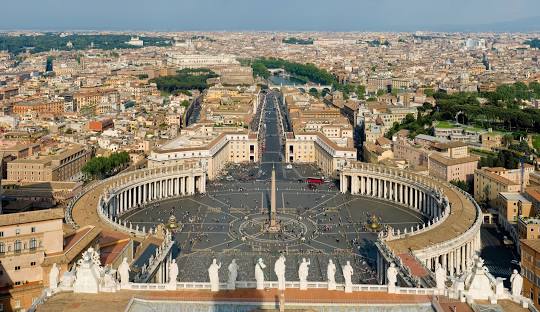|
|
During the unification of Italy in the mid-19th century, the Papal States under Pius IX resisted incorporation into the new nation, even as almost all the other Italian countries joined it; Camillo Cavour's dream of proclaiming the Kingdom of Italy from the steps of St. Peter's Basilica did not come to pass. The nascent Kingdom of Italy invaded and occupied Romagna (the eastern portion of the Papal States) in 1860, leaving only Latium in the pope's domains. Latium, including Rome itself, was occupied and annexed in 1870. For the following sixty years, relations between the Papacy and the Italian government were hostile, and the sovereign rights of the pope became known as the Roman Question
11 February 1929, the Lateran Treaty was signed, one component of the Lateran Pacts between the Kingdom of Italy under King Victor Emmanuel III (with his Prime Minister, Fascist Italian Duce Benito Mussolini) and the Holy See under Pope Pius XI to settle the long-standing Roman question
|
|

